How to choose your 3D printing filament: Experts give their advice!
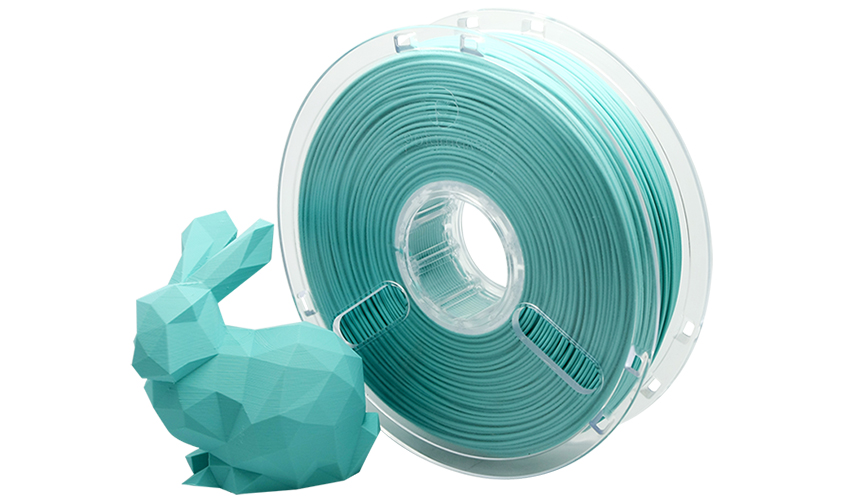
After a previous article on how to choose a 3D printer, we continue today with our series of “Expert Advice”. This time focused on how to choose your filament. Learn more about the elements to take into account when choosing a printing filament. A decision that can prove to be important as the market is full of brands, from ColorFabb to FormFutura, via eSun, NinjaFlex or Proto Pasta. To enlighten you, 3Dnatives went to meet three very different profiles: an artist, a FabLab and a provider of 3D printer filament.
So what material should be favoured? Should we better choose a proprietary filament or a specialised brand? Are low-cost filaments worth it? Below, find the answers of how to choose your filament from our three specialists.
Mag-Net / 3d design/printing hobbyist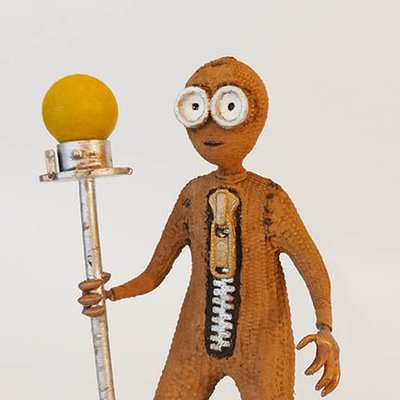
Mag-net is in his daily life a 2D designer and large format print production manager by trade, and on top of this is a 3D sculptor in my leisure time. Currently he shares these models on multiple websites in order to give back to the community and to encourage himself and others to continue learning. You can see his models and work on his twitter page.
Mag-Net has a specific perspective on how to choose your filament. From an artistic angle of making models, the prints he creates will usually be primed, sanded and painted. Not focused on serving any functional uses, but with an aesthetic purpose. The advice on how to choose your filament from him is to find a filament that fits your purpose. In the case of Mag-net, his go to filament to keep in stock for most of his painted models is the 3D Solutech Silver PLA. This filament was chosen based on price and reliable performance. He expands with “It’s also a neutral colour so painting it is easy.” and continues, “For my unpainted models, I choose filament based on colour and visual qualities.” All of this leads him to stick to this one brand for the most part. However, when looking for specific colour of look, he will try new filaments.
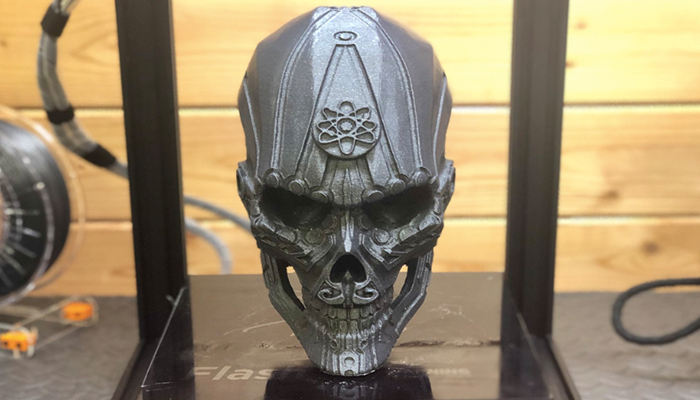
The Aspartame Skull by @Cmag_net
Advice to beginners
The advice Mag-Net has for beginners in 3D printing technologies when starting out is to “Learn to design your own files for what interests you.” From his perspective “You must feed your printer both files and filament. Create designs you care about.“
If Mag-Net had to choose just one filament to stick to he would in the end go with the 3D Solutech Silver PLA filament. As he explains “It’s easy to print, has great colour, photographs well, and does a good job showing off the details and any flaws in the print.” Along with it being very inexpensive (at least in the U.S.). It’s a filament that he has been using extensively for prototyping and production for the last year.
Alan Ware / Mechanical engineer & teacher at the Hacker Lab in Sacramento
 Alan Ware is a mechanical engineer. He helps people build things and teach. On top of this he does freelance mechanical design, product design, prototyping, and manufacturing consulting. To state some of the things Alan does at Hacker Lab he explained: “I teach classes at Hacker Lab including but not limited to, Graphic Design, Laser Cutting, 3D design, 3D printing, manual milling (soon to be CNC milling and lathe).” He adds, “I also am in my 4th semester teaching a 3D printing class at Sierra College in Rocklin, CA.” To learn more about him and his doings check out his blog.
Alan Ware is a mechanical engineer. He helps people build things and teach. On top of this he does freelance mechanical design, product design, prototyping, and manufacturing consulting. To state some of the things Alan does at Hacker Lab he explained: “I teach classes at Hacker Lab including but not limited to, Graphic Design, Laser Cutting, 3D design, 3D printing, manual milling (soon to be CNC milling and lathe).” He adds, “I also am in my 4th semester teaching a 3D printing class at Sierra College in Rocklin, CA.” To learn more about him and his doings check out his blog.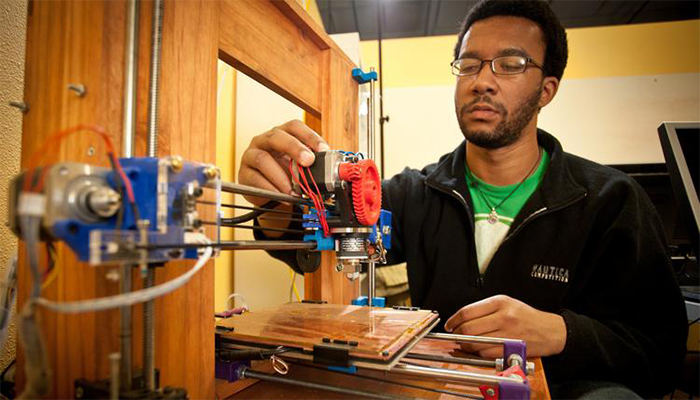
Alan Ware works on a 3-D printer at Hacker Lab Credit: The Business Journals
For the most part Alan Ware use whatever is at hand, though, there is a distinction about the motives here. He states “most of how I interact with 3D printers these days is teaching other people how to use them.” and while he still do a fair amount of prototyping he continues “with that aim, I try to teach in a way that will be useful in the greatest number of possible situations.” The truth of the matter is that in many situations you will not have the ideal environment to work in. Further to have an understanding of how to deal with adverse environments is crucial. There is a wide range of options for 3D printing out there. However, a real understanding comes down to isolating your environment and workflow. Alan provides an example of a shared machine in hacker space or school lab as opposed to one you would only use yourself. The advice he provides it that “it is a mistake to ignore considerations like this in 3D printing, especially with the nature of the internet, what worked for someone else might not specifically work for you.” He continues, “That said there has been a lot of ink spilled about filament quality, and to be fair, I think that’s a valuable effort. But for people just getting started, I feel there are more pressing lessons to learn first.” with the exception of people using simply bad filament.
Advice to beginners
The simple advice Alan Ware gives to beginners is to start small, start cheap, and don’t obsess over quality in the beginning. 3D printing is a process that will pull together a lot of related, but still different disciplines. As he explains “There’s actually just making the 3D printer run and troubleshooting, filament selection, 3D modeling, mesh editing, and the list goes from there.” All of these things can be difficult and take time to get right with learning and frustration being part of that process. His guidelines is that if you jumping into 3D printing with the mindset of how easy it’s gonna be then you’re doing it wrong. But with that said it’s not beyond anyone. He elaborates with “Just don’t fall into to the trap of thinking that computers/technology are going to fix every little thing. As long as we’re, as in human beings, are the people building the tech, there are going to be issues.” By accepting that and learn to mitigate you can progress.
When starting out a good filament to work with is PLA. It doesn’t need a heated build plate and is a “friendly” plastic. As mentioned, there are a lot of factors to keep in mind when 3D printing. It’s good to get a handle on them before you start dealing with heated beds. Moving forward he recommends to work with ABS based on its ubiquity despite it at times being annoying. Another recommendation he makes is PETG and explains “I’ve seen some really good results with PETG, but I’ve heard temperature considerations really come into play hard when dealing with that.” With more options out there, it comes down to understanding what you’re trying to accomplish. This, along with building an environment and workflow around that without breaking the bank, is the most important in the starting face. Alan Ware rounds of on how to choose your filament with “Successful design is all about substitution and compromise, at least in the early phases. I’ve found that lesson can be a bit hard for the uninitiated to grasp in the beginning.“

Sander Strijbos working for ColorFabb
Talking on behalf of ColorFabb, Sander Strijbos explains “We’re ColorFabb: producer of filaments and increasingly provider of 3D printing solutions in general with hardware and services aside from the filaments.” Refering to ColorFabb’s site to get more information.
When looking to the important criteria on how to choose your filament. They base it on having added value and more with set material. He states from a producers perspective “As far as development and production goes, we always look for a filament that has added value and something the market is looking for.” Through stable communication with customers to constantly assess their specific needs, the needs of the market in general and how ColorFabb can accommodate it. Different materials provide to different needs. When looking to gain exceptional aesthetics filaments. Such as material could be nGen_LUX, bronzeFill, etc. as a good fit. When printing an object to have high functionality something else like PA-CF Low Warp, colorFabb_HT, etc. might be the way to go. Or if you are starting out or simply needs a general easy-to-print filament. PLA Economy, nGen, or similar may be good filaments to use. ColorFabb in general try to accommodate a wide variety of objects.
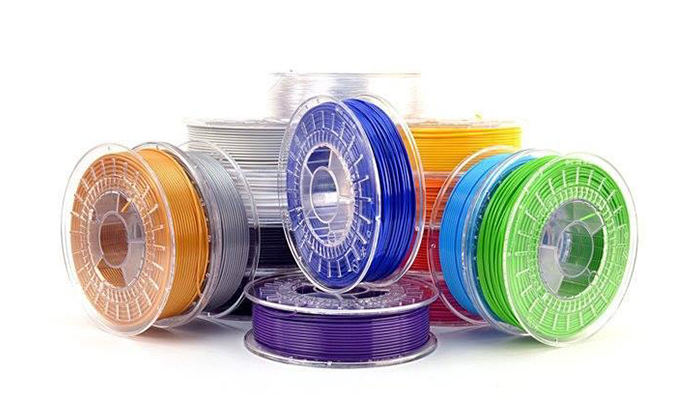
Advice to beginners
The advice to beginners in 3D printing is very simple and straight forward. Stating “Know your hardware, know your materials, know your possibilities.” Simply be aware of what you want to do and how, when choosing what direction and which filament to work with. Without having a specific filament to point to, their recommendation is as follows. Look through the catalogue and find what fits you and your needs.
Thanks to our 3 experts for their feedback on how to choose your filament! What is your advice for how to choose your filament for 3D printing? Let us know in a comment below or on our Facebook and Twitter pages! And remember to sign up for our free weekly Newsletter, to get all the latest news on 3D printing send straight to your inbox!
To go further, compare dozens of 3D printer filaments within the 3Dnatives Comparator






